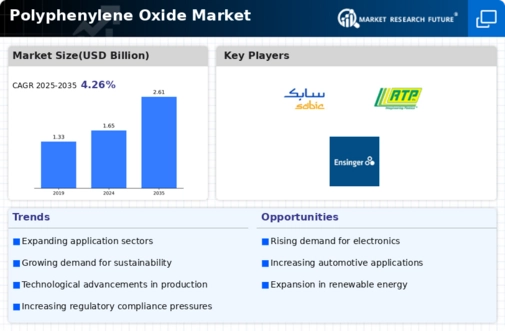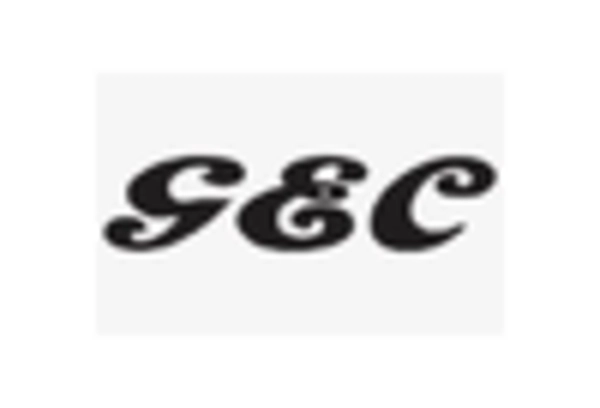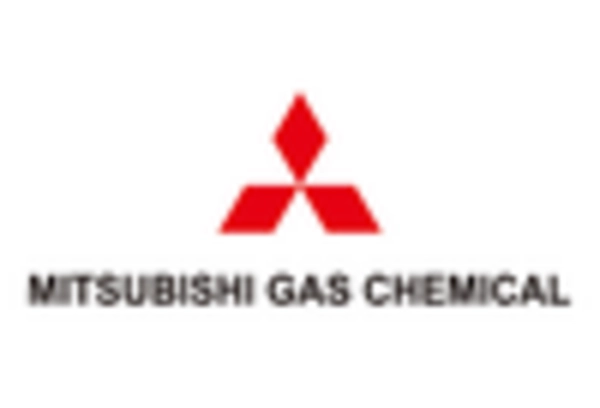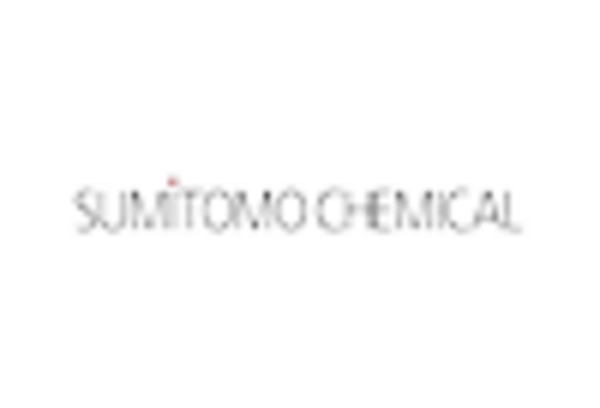Market Analysis
In-depth Analysis of Polyphenylene Oxide Market Industry Landscape
The Polyphenylene Oxide (PPO) Market experiences a range of dynamic influences that shape its growth and evolution:
End-User Demand: Market dynamics are heavily influenced by the demand for PPO from various end-user industries such as automotive, electronics, electrical, and healthcare. The versatility of PPO, with its excellent thermal and mechanical properties, makes it a preferred choice in these sectors for applications such as automotive components, electronic housings, electrical connectors, and medical devices. Fluctuations in end-user demand directly impact market dynamics, driving manufacturers to adjust production levels and tailor product offerings to meet specific industry requirements.
Raw Material Availability and Pricing: The availability and pricing of raw materials, particularly monomers like 2,6-xylenol and hydrochloric acid used in PPO production, significantly influence market dynamics. Fluctuations in raw material prices can impact production costs and ultimately affect product pricing and profitability, driving market dynamics. Manufacturers closely monitor raw material prices and seek to optimize their supply chains to mitigate risks associated with volatility in raw material markets.
Technological Advancements: Market dynamics are shaped by technological advancements in PPO manufacturing processes and product development. Continuous innovation leads to the introduction of new grades of PPO with enhanced properties and functionalities, catering to evolving industry needs. Manufacturers invest in research and development to stay competitive and differentiate their products, thereby influencing market dynamics through product innovation and differentiation.
Regulatory Landscape: Regulatory frameworks governing the use of PPO in various applications, particularly concerning environmental and safety standards, play a crucial role in shaping market dynamics. Changes in regulations, such as restrictions on hazardous chemicals or emissions standards, can impact product formulations, manufacturing processes, and market entry barriers, thereby influencing market dynamics.
Competitive Landscape and Market Positioning: Market dynamics are influenced by the competitive landscape and market positioning strategies adopted by PPO manufacturers. Companies differentiate themselves through product quality, pricing strategies, distribution channels, and market positioning. Market dynamics are shaped by factors such as mergers, acquisitions, partnerships, and new market entrants, which reshape competitive dynamics and market share distribution.
Consumer Preferences and Industry Trends: Market dynamics are responsive to shifting consumer preferences and industry trends, such as the growing demand for lightweight materials, eco-friendly products, and high-performance polymers. Manufacturers adapt their product portfolios and marketing strategies to align with evolving consumer trends, thereby influencing market dynamics.
Global Economic Conditions: Market dynamics are influenced by global economic conditions, including factors such as GDP growth, industrial production levels, exchange rates, and trade policies. Economic downturns can lead to reduced consumer spending and investment in capital-intensive industries, impacting market dynamics by affecting demand and pricing trends.
Emerging Markets and Growth Opportunities: Market dynamics are shaped by growth opportunities in emerging markets, driven by rapid urbanization, infrastructure development, and industrialization. Manufacturers expand their presence in these markets to capitalize on growth opportunities, thereby influencing market dynamics through market expansion strategies and regional competition.
Supply Chain Disruptions and Resilience: Market dynamics can be influenced by supply chain disruptions, such as natural disasters, geopolitical tensions, or pandemics, which impact raw material availability, production capacity, and distribution channels. Manufacturers implement supply chain resilience strategies to mitigate risks and adapt to changing market dynamics.
Environmental Sustainability Initiatives: Increasing focus on environmental sustainability and corporate social responsibility initiatives influence market dynamics by driving demand for eco-friendly and sustainable materials. Manufacturers respond to these trends by developing bio-based PPO grades, reducing carbon footprint, and adopting green manufacturing practices, thereby shaping market dynamics towards sustainability.

















Leave a Comment